Week 35/2024: Wear it purple day
Week of 26 August 2024
Content advice: This post mentions suicide.
Wear it Purple day
This Friday (30 August) was Wear it Purple day.
Wear it Purple celebrates and respects LGBTIQA+ young people, “acknowledging all have the right to be proud of who they are and who they are becoming”.
It was founded in 2010 in response to stories of teenagers taking their own lives due to bullying and harassment around their sexual and gender identities.
Wear it Purple’s principles are to
- advocate for and empower rainbow young people
- celebrate and promote the value of diversity and inclusion in all community settings
- raise awareness about sexuality, sex and gender identity and challenge harmful social cultures
- champion rainbow role-models to help young people establish the confidence to be who they are.
This year’s theme was “Your Passion, Your Pride”, which is embodied Nicky Tsekouras‘s funky artwork.
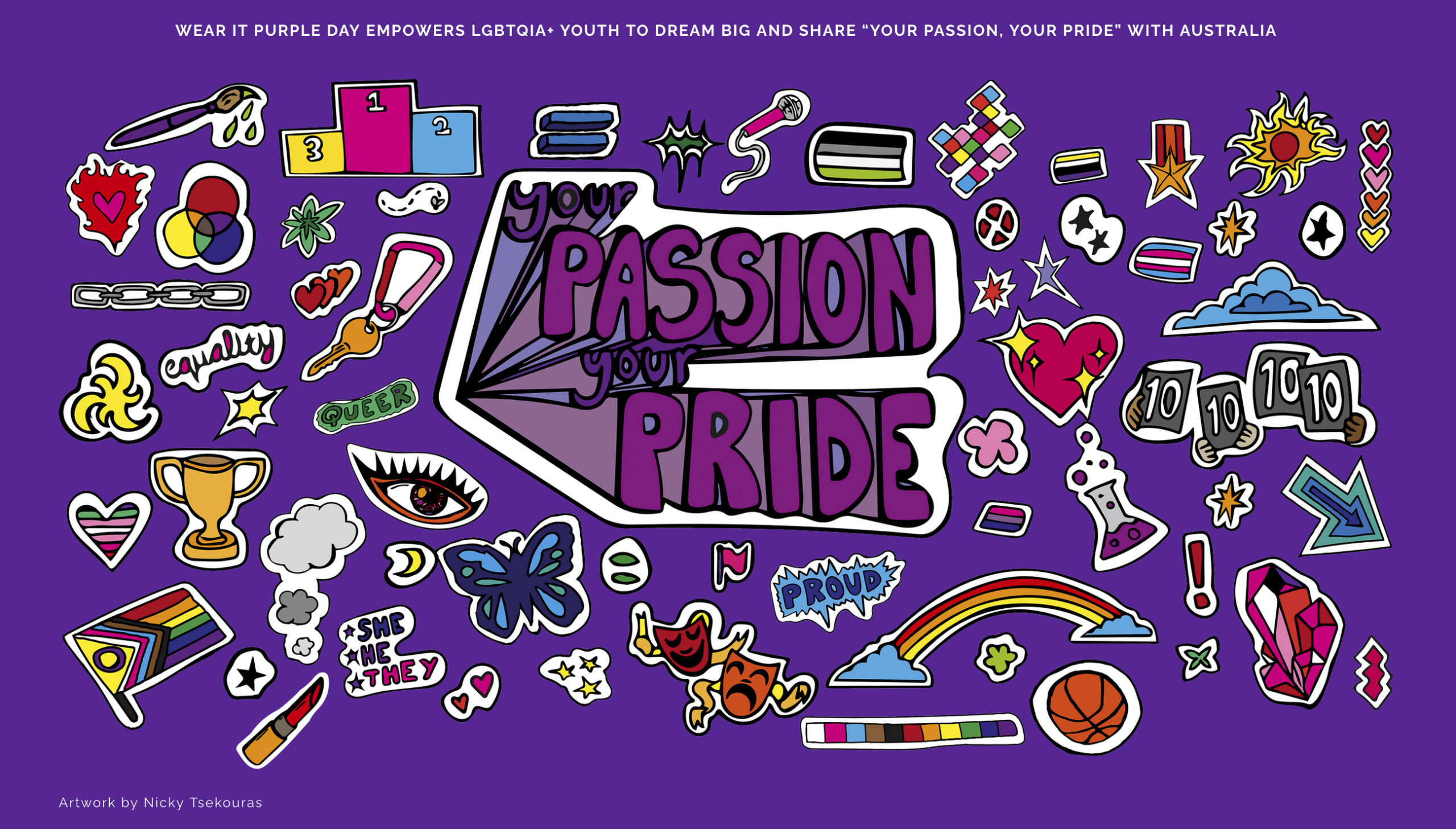
Nicky Tsekouras is celebrated multidisciplinary visual artist and workshop facilitator, and their beautiful piece features on this year’s t-shirt.
I couldn’t attend my workplace’s function on Friday because I was at another event all day. But I wore my shirt (actually last year’s) and enjoyed looking at all the posts on Instagram from the day.
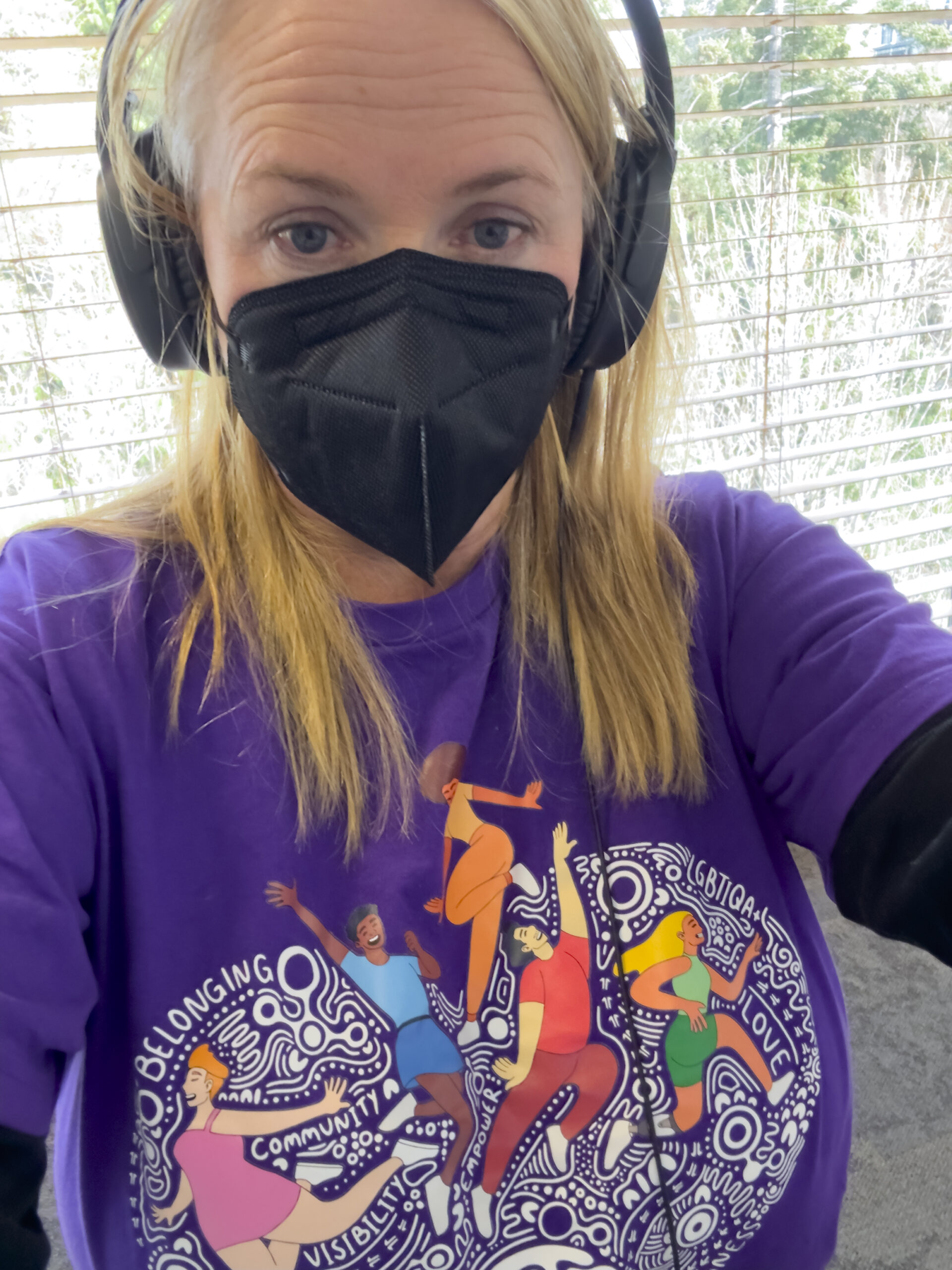
So why do we Wear it Purple?
Lots of reasons, many of which are spelled out in the principles above.
Especially, I think, to “challenge harmful social cultures”. There is, sadly, still a lot of misunderstanding, which leads to discrimination, bullying, and harassment of people with LGBTIQA+ identities.
And this isn’t okay.
I’ve written in the past about how far Tasmania has come in terms of LGBTIQA+ law reform, but how there is still more to do.
Rodney Croome interview
This recent interview with activist Rodney Croome is a terrific summary of where Tasmania has come from and what it has achieved. It also outlines the challenges that are still ahead.
Rodney says while Tasmanian gender recognition legislation was a big step forward, it’s important to keep educating the community because there’s still a lot of misinformation.
He notes, and I’ve heard him say this before, that the harassment and bullying directed at transgender people now are the same prejudices were used against gay men in the 1980s and 90s. People are recycling the exact same arguments and stirring up the same fears against trans people as they did against gay men. Horrible things like saying trans people are a threat to society or that someone being trans is “just a phase”. He says, while a lot of this has come from the US and Britain, much is originating in Australia as well. Scarily, what he sees happening in the US is anti-trans speech becoming a doorway back into homophobia.
Not a good outcome.
Rodney has just turned 60, and says he’d like to see legislation against conversion therapy and changes to blood donation rules before he takes a step back from advocacy.
I recommend listening to the interview to get more of an understanding of these and other issues facing the LGBTIQA+ community.
Rainbow realities
Staying with LGBTIQA+ issues, a few months back, I attended the launch of the Rainbow Realities report. This report provides an in-depth analyses of large-scale LGBTQA+ health and wellbeing data in Australia taken from six surveys of LGBTQA+ populations in Australia conducted between 2016 and 2022. In total more than 20,000 LGBTIQA+ people participated in these surveys, which cover areas such as mental health, income equality, housing and homelessness and discrimination and abuse.
The report notes the surveys only had small numbers of participants with intersex variations. So while those people identified as LGBTQA+ and are included according to their sexual and/or gender identities, the report couldn’t meaningfully identify needs and experiences directly relevant to people with intersex variations.
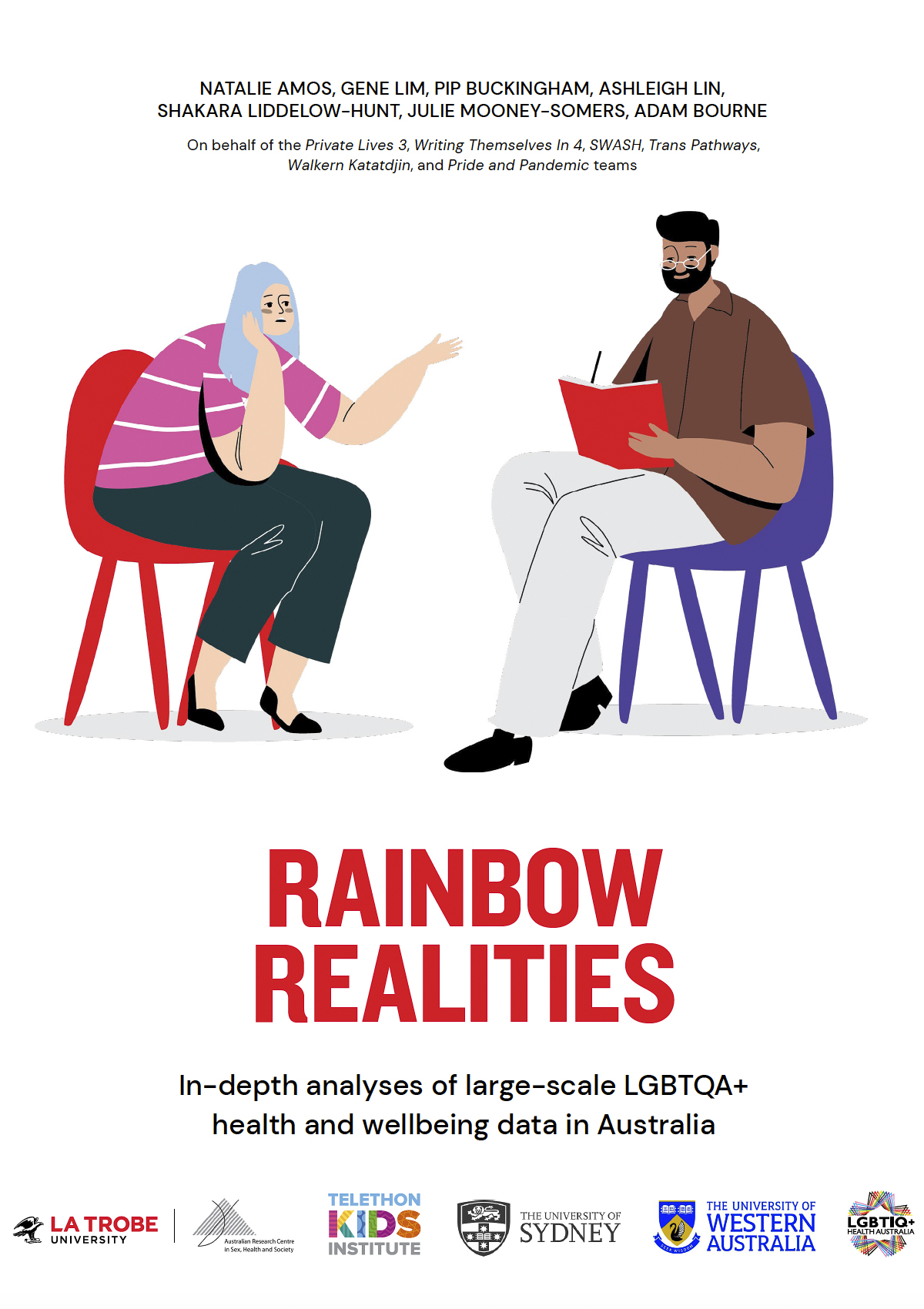
The analyses tell us exactly why we need to do more.
Report findings
The findings show poor outcomes across a range of areas, which compound where people have intersecting issues such as disability, living in a remote area or a multicultural background.
In terms of mental health, for example, the report states
“compared to non-LGBTQA+ people, LGBTQA+ individuals across virtually all societal contexts experience elevated rates of psychological distress, mood-related disorders such as depression and anxiety, and demonstrate high rates of suicidal ideation and suicide attempts”.
Unsurprisingly,
“the cumulative impact of daily indignities, stigma and discrimination takes a significant toll on the health and wellbeing of LGBTQA+ individuals over the course of their lifetime”.
Health outcomes are particularly bad for Aboriginal and Torres Strait Islander LGBTIQA+ people.
The report also tells us
“LGBTQA+ individuals in Australia are more vulnerable to experiencing homelessness and housing insecurity, due to a combination of: (i) familial rejection, (ii) constrained access to economic opportunities, and (iii) housing discrimination due to their sexual and/or gender minority identities”.
Rodney Croome spoke of this in his interview, and mentioned that the University of Tasmania’s Tasmania Project has also looked at these indicators. By disaggregating data, researchers can show that Tasmanian LGBTIQA+ people have consistently lower outcomes across areas such as mental health, housing, education and income. He says much of this is due to discrimination and the legacy of past policies. Rodney is clear that that government needs to focus on this more, and that we need more public discussion.
There is much to be done to dismantle lingering prejudices and stigma. I think it starts with learning, understanding and respecting people just as they are.
Week 35 summary
Habit tracker
- Walk 8,000 steps: 6/7 days (I blame the weather for the day I missed)
- Shut down at 9.00: 5/6 days
A good thing this week
Photos on the beach during breaks in the terrible weather.
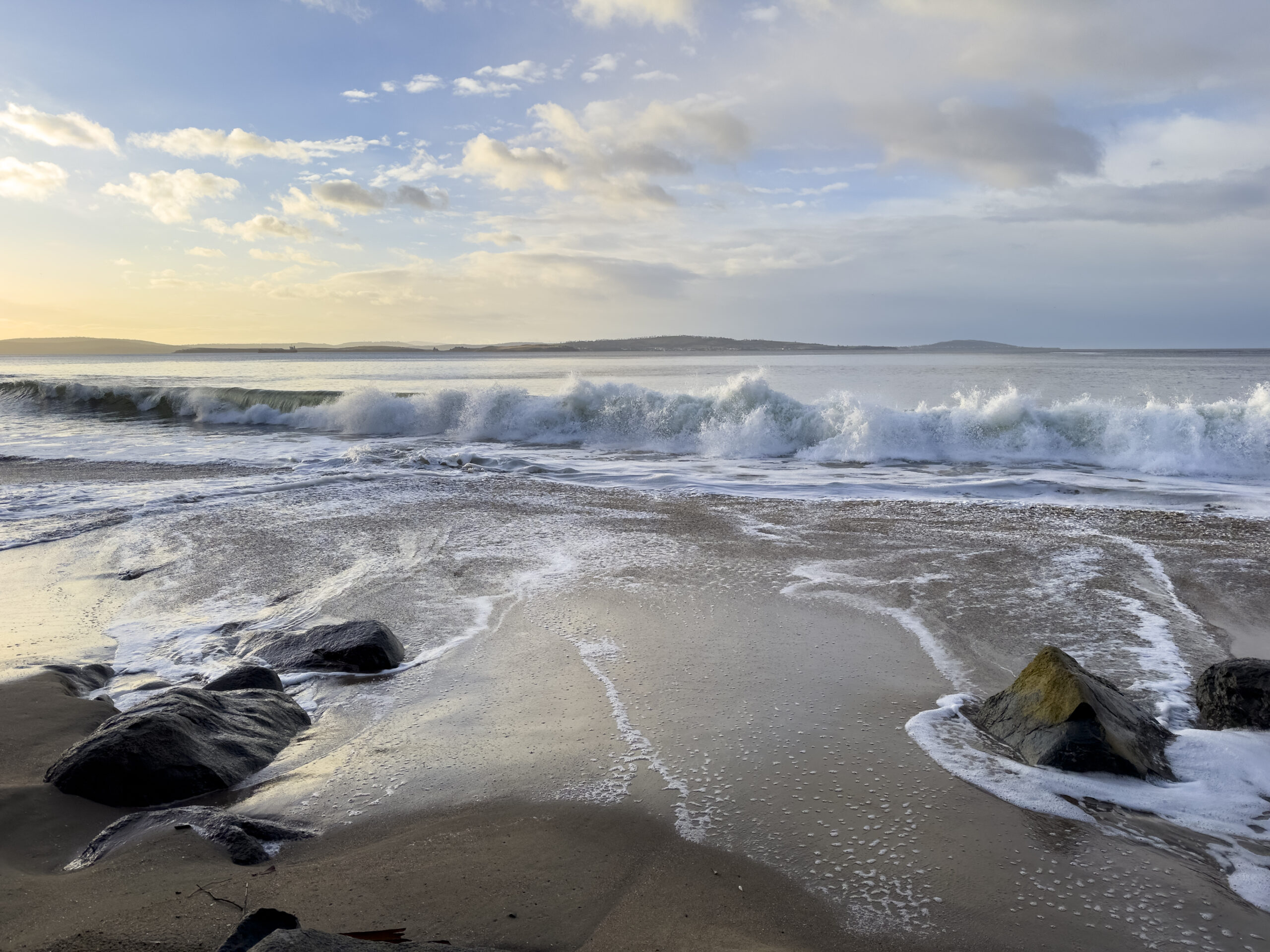
What did I notice this week?
I saw these ‘Empty Buildings Empty Community’ signs on the front of the former (now empty) ABC building on Wednesday morning.
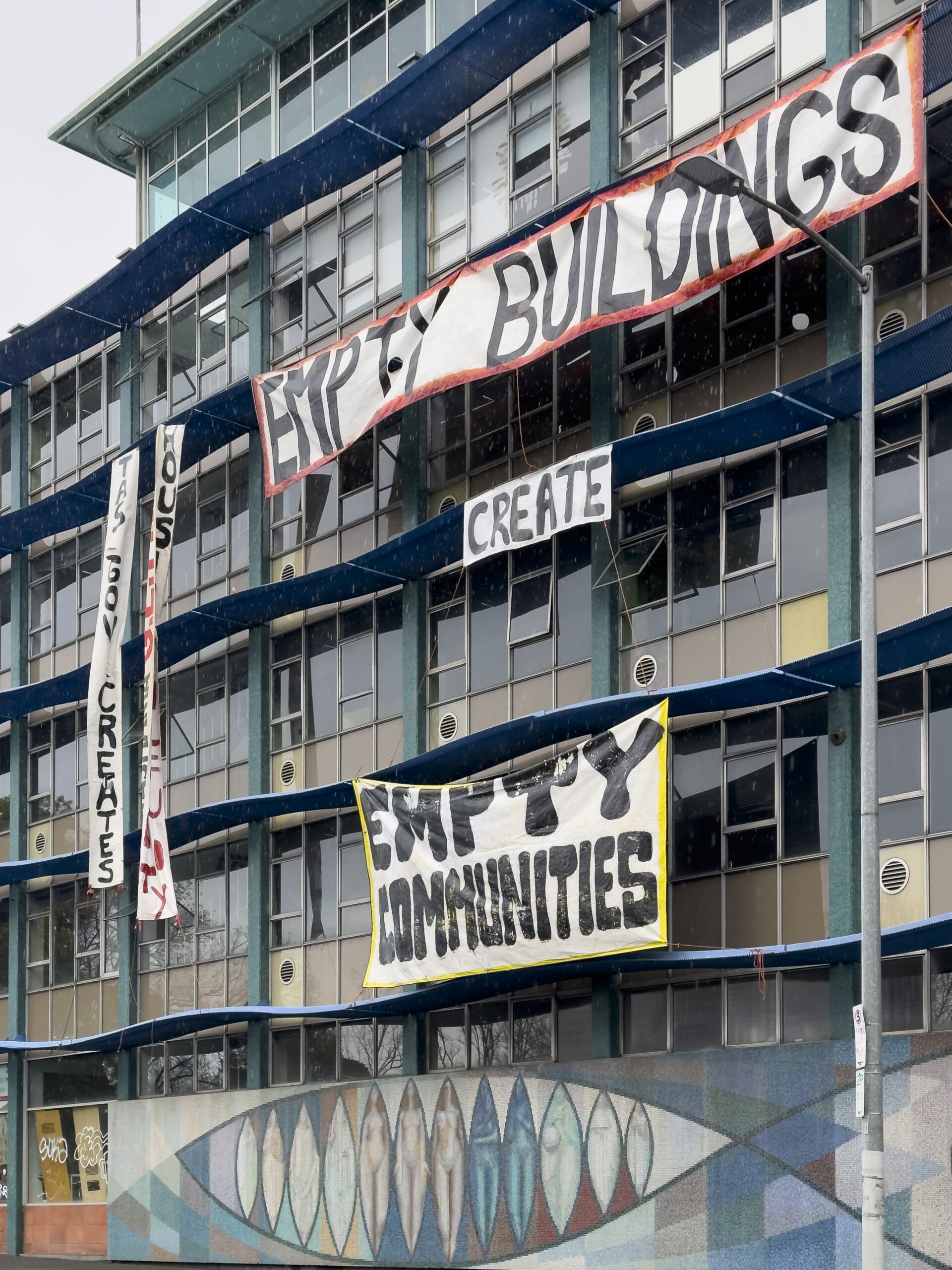
Members of Grassroots Action Network Tasmania (GRANT) attached the banners. They were designed to show that “buildings all over lutruwita/Tasmania sit empty while investors make millions off their market value”. And people without access to homes continue to sleep rough.
The signs were gone the next day.
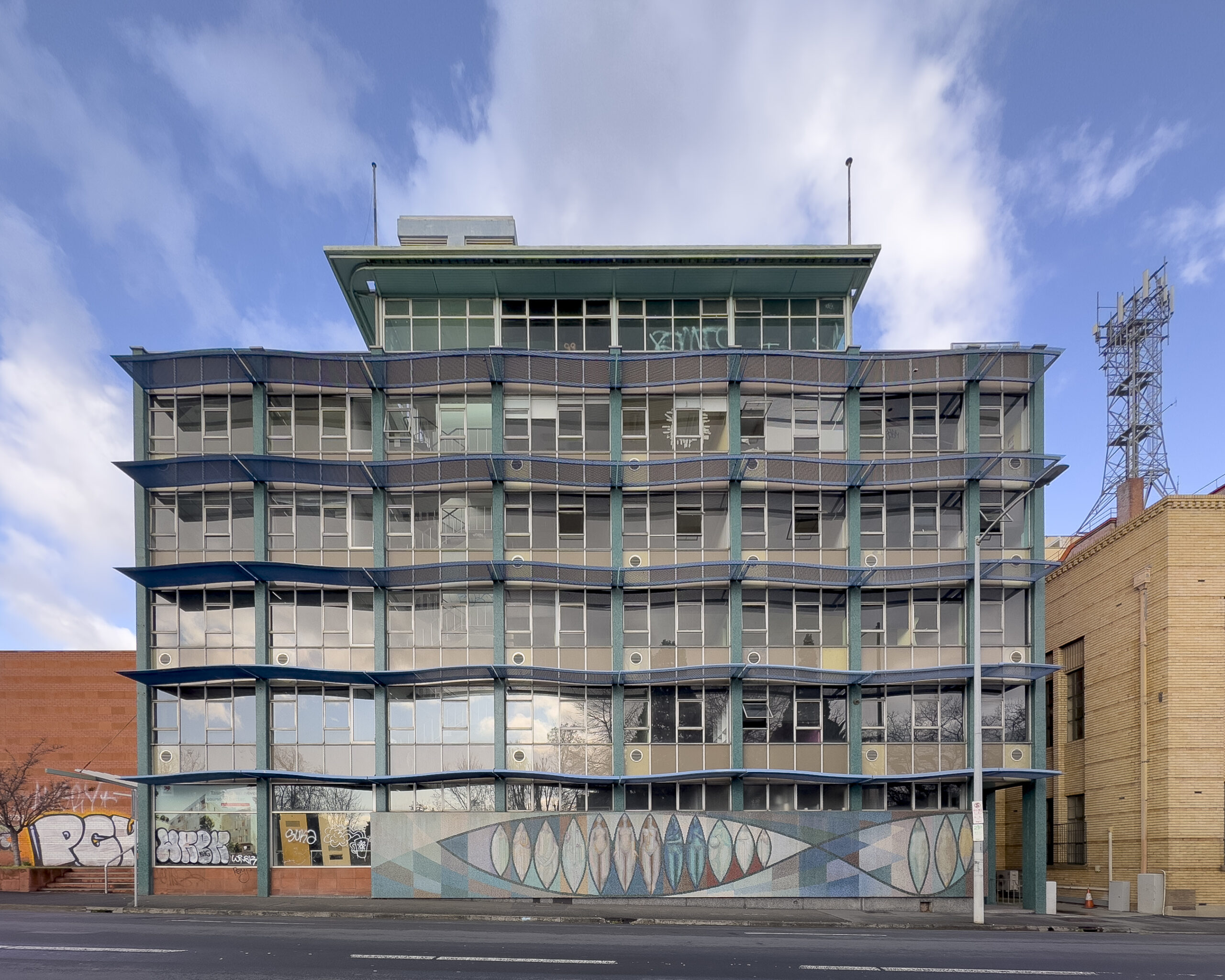
The building remains deserted. Apparently there is a new planning application with the council, the previously approved application now having lapsed.
What did I learn this week?
I learned that Heard Island is a sub-Antarctic island located in the South Ocean, 4,000 km south west of Western Australia. It’s about 40 km long and most of the island taken up by the active volcano Big Ben.

At 2,745 metres, this mountain is 500 metres higher than Mt Kosciuszko (2,228 metres), and is, therefore, Australia’s highest mountain.
The documentary The Great White Whale, which I saw on Monday, tells the story of the first people to climb Big Ben.
What am I reading?
- Saltblood by Francesca de Tores
- The Butterfly Garden by Rachel Burton